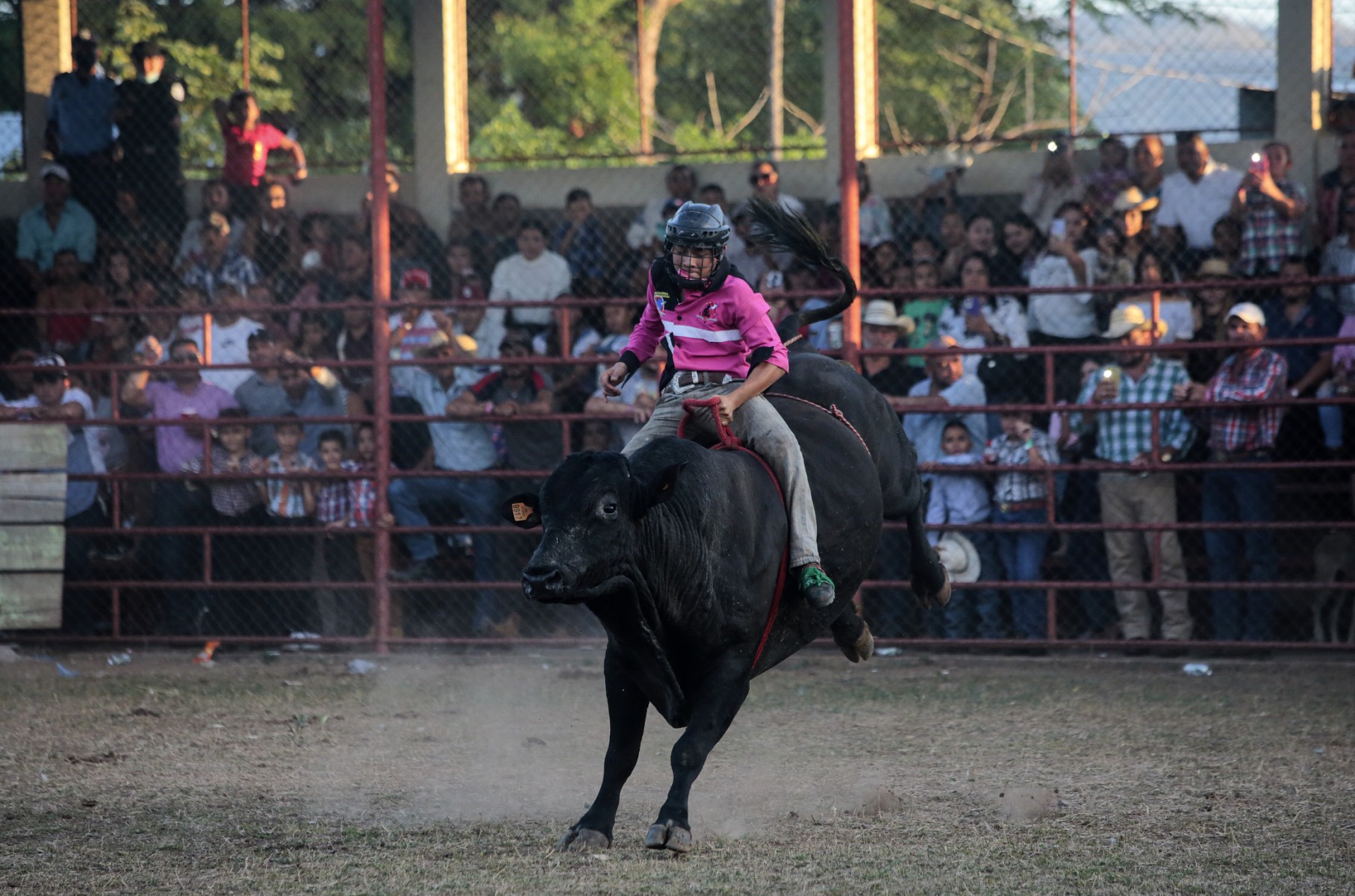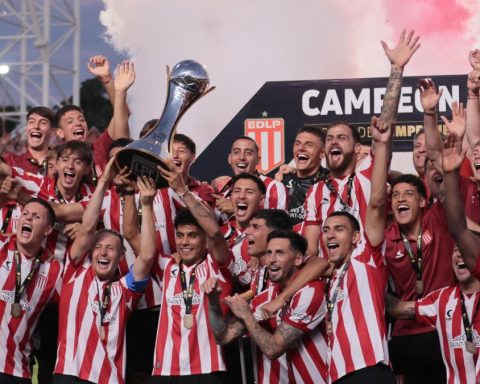Eveling Pérez is a strong woman who, mounted on the back of wild bulls, defies danger and machismo in Nicaragua.
In a display at the Tipitapa festivities, some 30 kilometers east of Managua, she shakes in the air pushed by the bull’s movements, maintaining her balance with her left arm raised and with her right clinging to the animal.
In an attempt to get the 33-year-old Pérez off his back, the beast runs through the ring as hundreds of spectators clap and whoop in the stands.
Pérez began to feel like riding as a teenager. A dream that his brother tried to crush with the argument that riding is “for men”, he recalls to AFP.
“If the men do it, we can do it too,” adds this mother of two, who earns up to $200 per mount dressed in a long-sleeved dark shirt and pink hard hat.
At 1.60 meters tall, she strives to stay in shape, for which she works out and runs about two kilometers a day, when she is not injured. It is that her mounts have left him with blows and fractures.
Related news: Owners of mechanical games in Granada, in trouble: “There are no customers”
Pérez also participates in local and international rodeos, in which permanence for more than eight seconds on the animal is rewarded.
Riders say a short prayer on their knees before mounting. In the arena they are not alone with the bull, but also before dozens of boisterous spectators who rejoice, taunting the animal into chasing them.
– “Is more difficult” –
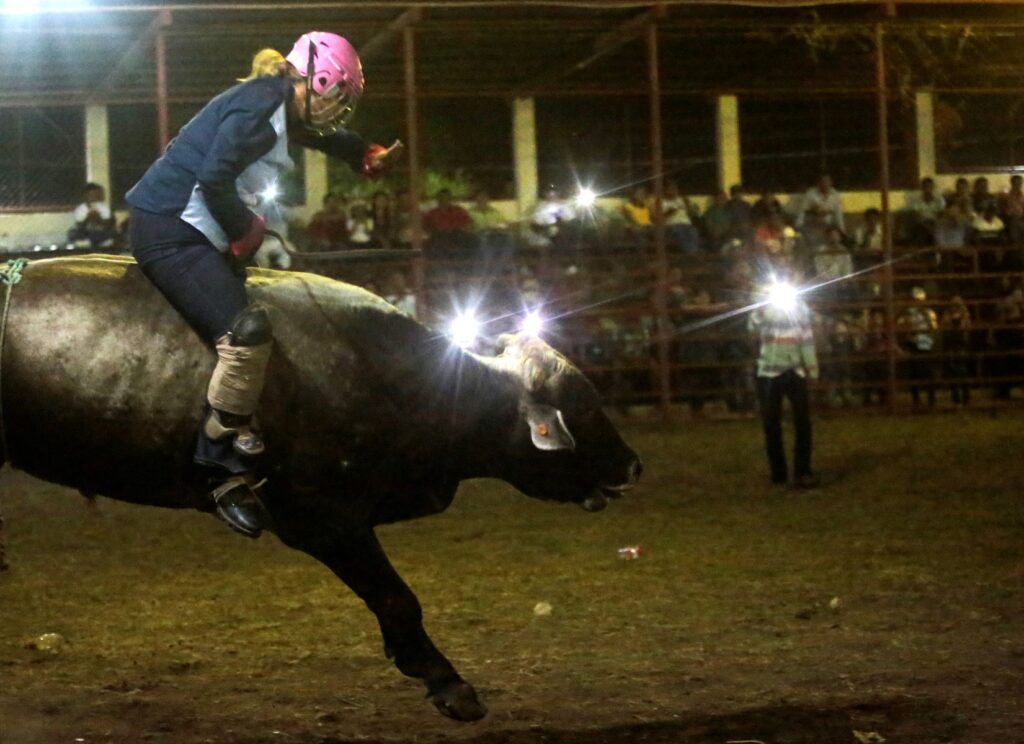
“The difference between a man and a woman [es] that as a woman you will never push more than a man, nor will you have the flexibility that they have on top of a bull, but as a woman there we try to do it, because it is not very common to see a woman riding, but you can “, it states.
She combines her passion for riding bulls with her work as a cook in a “comidería”, a place that sells lunches.
“Of course it’s more difficult for a woman,” says Carlos Conde, a partner on Pérez’s riding team.
He assures that although men have more speed and strength than women in bull riding, there are women who show more courage than their male colleagues.
Related news: Santa Teresa celebrates its patron saint festivities
The bullfighting passion in Tipitapa, as in almost all of Nicaragua, includes the “Tope de toros”, in which hundreds of locals run after loose bulls in the main streets of the city.
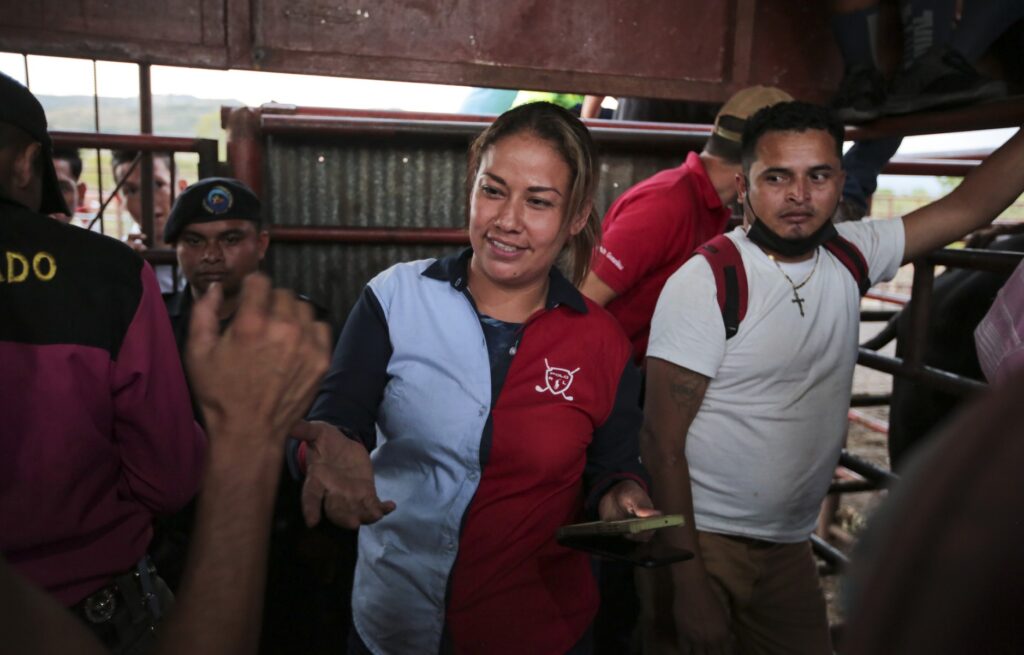
The music is in charge of the “chicheros”, popular bands that accompany the festivities with trumpets, trombones, drums, bass drums and cymbals.
There is only one other woman in Pérez’s assembly team, but she seeks to promote greater female participation in this singular activity.
“I would like many more women to enter to represent the female sex,” says Pérez, originally from Tipitapa, who celebrates patron saint festivities for the “Black Christ of Esquipulas” between January 6 and 22 of each year.
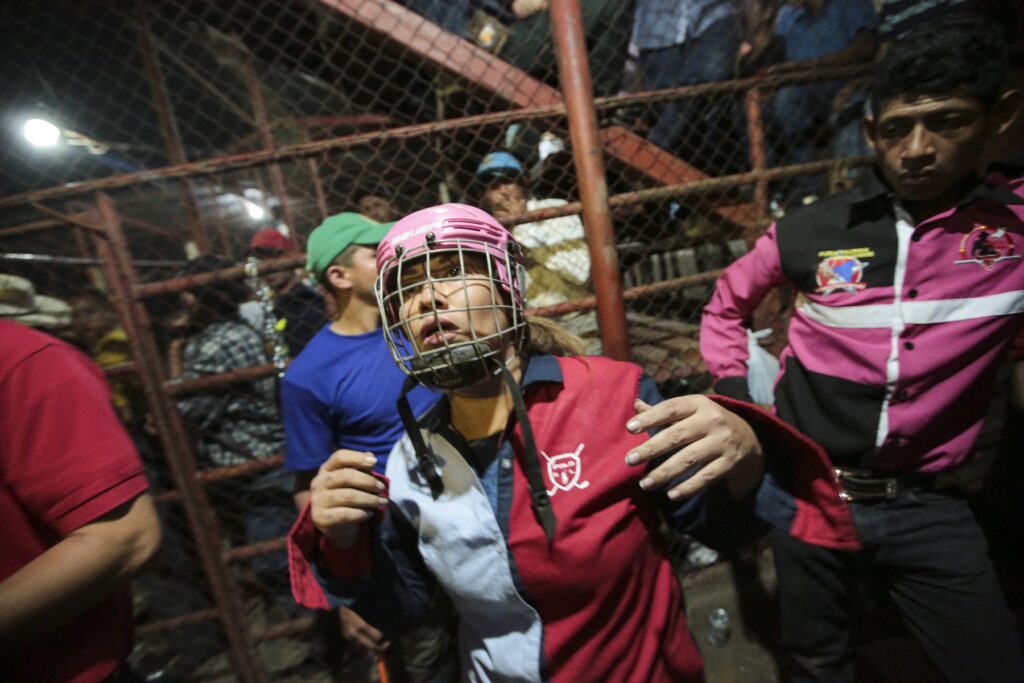
– “They rule” –
Marvin Bolaños, from the Horsemen’s Association, points out that there is now a greater participation of women in activities that were previously carried out exclusively by men.
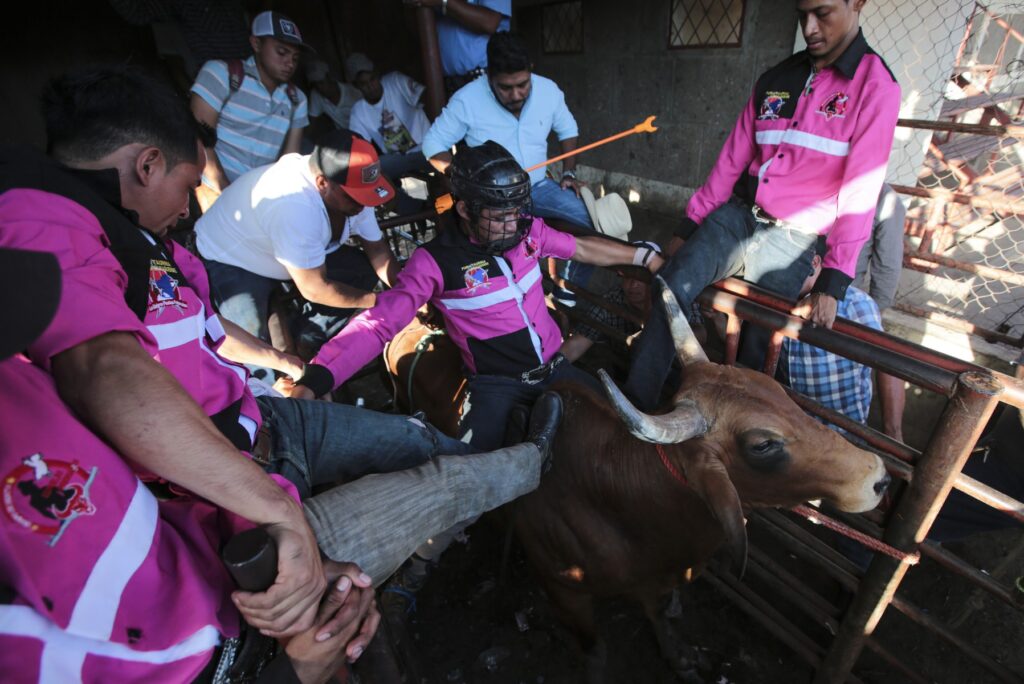
“Today women share 50%, they have a share in everything and we as husbands, as husbands, if they want to ride, we always prefer them, because the woman is always the boss,” Bolaños told AFP.
For his part, Francisco Orozco, owner of a dozen riding bulls, assures that “you don’t have to be macho, you have to leave the woman because there are women who have courage and have courage too.”
